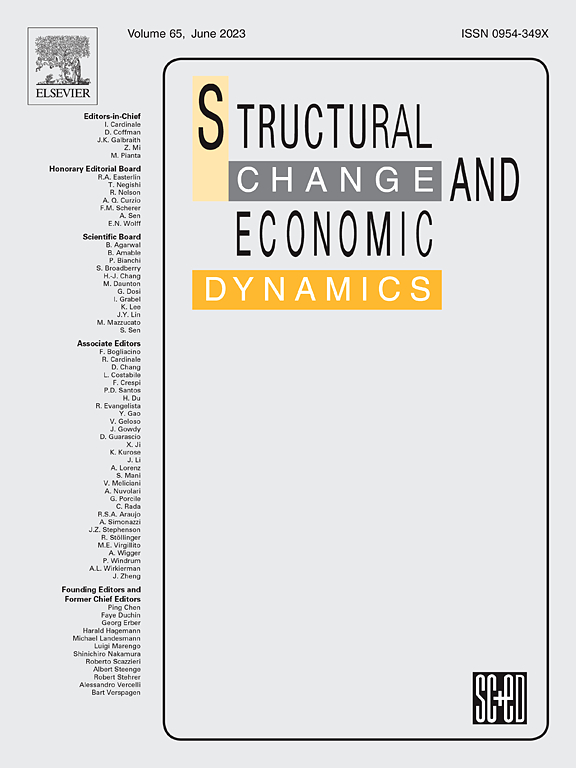Assessing virtual water trade and inequalities in household water footprints across California’s counties
IF 5.5
2区 经济学
Q1 ECONOMICS
引用次数: 0
Abstract
The concept of virtual water trade suggests water flows from water-rich to water-scarce regions, but local disparities are often overlooked. This study uses a multi-regional input-output (MRIO) model to assess virtual water transfers among California’s 58 counties and the rest of the conterminous U.S. in 2017. Results show the Central Valley exported large volumes of virtual water via water-intensive crops (e.g., fruits and vegetables) but imported water embodied in industrial, mining, and thermoelectric processes. These imports eased water stress in the Central and South Coast but left Central Valley scarcity unresolved. Linking household consumption with MRIO reveals the highest-income group (over US$200k) had per capita water footprints 1.8 times larger than the lowest-income group (below US$15k). Although household size and consumption patterns mitigated this gap, Central Valley’s high water intensity fueled excessive footprints. The study underscores the need for targeted, equitable water management policies, promoting more effective water conservation strategies.
评估虚拟水交易和加州各县家庭水足迹的不平等
虚拟水贸易的概念表明水从水资源丰富的地区流向水资源匮乏的地区,但地方差异往往被忽视。本研究利用多地区投入产出(MRIO)模型评估了 2017 年加利福尼亚 58 个县与美国其他地区之间的虚拟水转移情况。结果表明,中央河谷通过高耗水作物(如水果和蔬菜)输出了大量虚拟水,但进口的水则体现在工业、采矿和热电过程中。这些进口缓解了中部和南海岸的用水压力,但中央河谷的缺水问题仍未得到解决。将家庭消费与 MRIO 联系起来,可以发现最高收入组(20 万美元以上)的人均水足迹是最低收入组(1.5 万美元以下)的 1.8 倍。尽管家庭规模和消费模式缩小了这一差距,但中央河谷的高用水强度加剧了过大的足迹。这项研究强调,需要制定有针对性的公平水资源管理政策,促进更有效的节水战略。
本文章由计算机程序翻译,如有差异,请以英文原文为准。
求助全文
约1分钟内获得全文
求助全文
来源期刊

Structural Change and Economic Dynamics
ECONOMICS-
CiteScore
9.60
自引率
4.90%
发文量
159
期刊介绍:
Structural Change and Economic Dynamics publishes articles about theoretical, applied and methodological aspects of structural change in economic systems. The journal publishes work analysing dynamics and structural breaks in economic, technological, behavioural and institutional patterns.
 求助内容:
求助内容: 应助结果提醒方式:
应助结果提醒方式:


